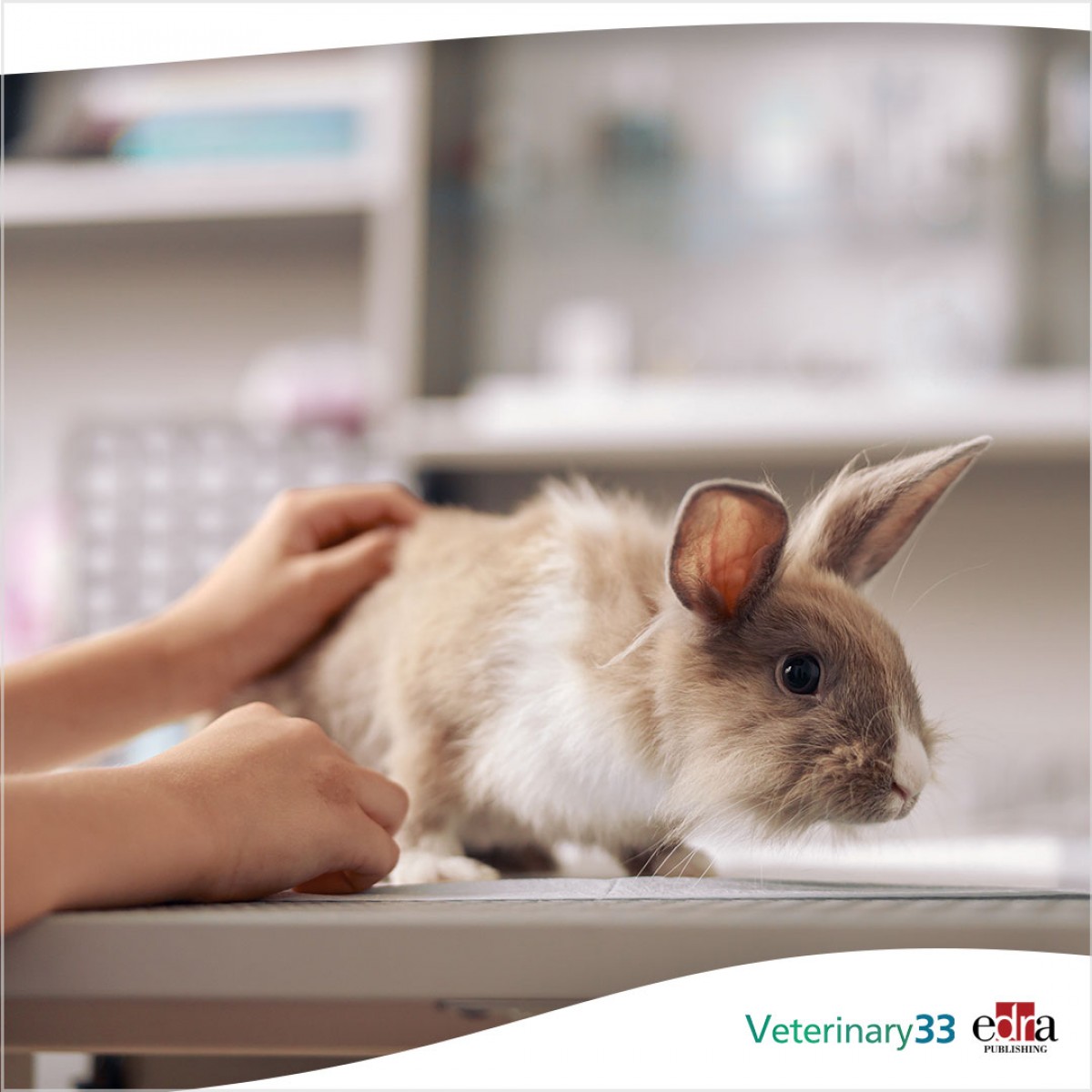Peritoneal bile acids concentration in horses
The nonsurvivor group (n = 40) had significantly higher median PBAC value than the survivor group
Peritoneal bile acids concentration (PBAC) has not been previously reported in horses. A case of liver lobe torsion in which increased PBAC was detected prompted us to study PBAC in horses.
(a) To determine a reference range of PBAC in horses; (b) to compare PBAC from horses with either hepatic or gastrointestinal disease and healthy horses and (c) to assess the prognostic and diagnostic values of PBAC.
Prospective case-control.
A prospective observational clinical study. Bile acids concentrations were measured in both plasma and peritoneal fluid in selected clinical patients with hepatic or gastrointestinal disease (n = 108) and healthy horses (n = 11). Sixty-eight of 108 patients survived to hospital discharge, and the remaining 40 were nonsurvivors. Additionally, other haematological and biochemistry analyses were performed.
Sick horses were classified according to diagnosis into hepatic (n = 13), gastrointestinal (GI) obstructive (n = 48) and GI ischaemic-inflammatory (n = 47) groups. The hepatic group had significantly higher PBAC (6.8 [2.3-9.4]; median [IQR]) than the control (1.0 [0.6-1.5]) and GI obstructive groups (1.2 [0.8-1.7] µmol/L; P < .001). Moreover, the GI ischaemic-inflammatory group (3.3 [1.4-5.5]) also had significantly higher values than the control and GI obstructive groups (P < .001). Regarding outcome, the nonsurvivor group (n = 40) had significantly higher median PBAC value than the survivor group (n = 68, 4.1 [1.6-6.5] vs 1.3 [0.8-3]; P < .001).
A higher number of horses with abdominal disease is required to confirm the clinical significance of these findings.
PBAC may have a role in the diagnosis of hepatic and gastrointestinal disease and as a prognostic tool in horses with abdominal pain.
“Peritoneal bile acids concentration in adult horses with hepatic and gastrointestinal disorders”. Maria L Rodríguez-Pozo, et al. Equine Vet J. 2021 Nov 7. doi: 10.1111/evj.13538.










List
Add
Please enter a comment